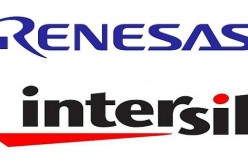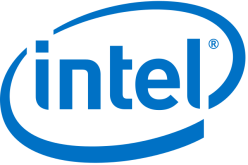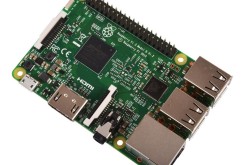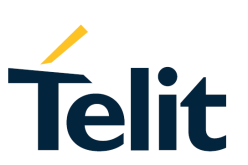India Drafts Policies For Internet of Things
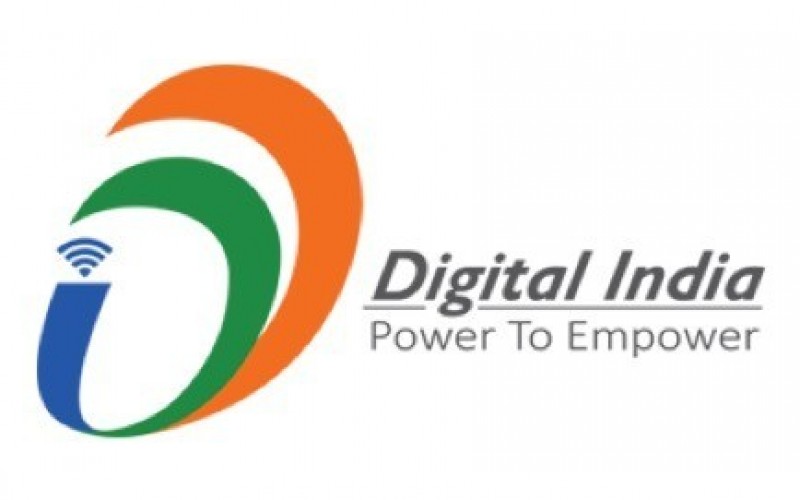
When the entire world is rapidly advancing in technology, India is no behind. The Indian Government has drafted its policies that will nurture the future of India in the IoT sector. Team IoTAdda studied the policies which included some major points that can shape India’s future. The policy drafted a number of issues and proposed some points for Internet of Things development in India.
The digital space has witnessed a major transformation in the last couple of years as per industry experts, and would continue to evolve further. The latest entrant to this is Internet of Things (IoT). It can be seen as a group work for the hardware, software as well as the communication industry.
IoT is fed by sensors soon to number in trillions, working with intelligent systems in the billions, and involving millions of applications, the IoT will drive consumer and business behaviour that will demand increasingly intelligent industry solutions, which in turn, will drive trillion of dollars of opportunity for the IT industry and even more for the companies working on it.
The number of Internet-connected devices (12.5 billion) surpassed the number of human beings (7 billion) on the planet in 2011, and by 2020, Internet-connected devices are expected to number between 26 billion and 50 billion globally.
The Indian Government’s plan of developing 100 smart cities in the country, for which Rs. 7,060 crores has been allocated in the current budget could lead to a massive and quick expansion of IoT in the country. Also, the launch of the Digital India Program of the Government, which aims at ‘transforming India into digital empowered society and knowledge economy’ will provide the required impetus for development of the IoT industry in the country. The various initiatives proposed to be taken under the Smart City concept and the Digital India Program to setup Digital Infrastructure in the country would help boost the IoT industry. IoT will be critical in making these cities smarter. Some of the key aspects of a smart city will be:
- Smart parking
- Intelligent Transport System
- Smart urban lighting.
- Waste management.
- Smart city maintenance
- Tele-care
- Citizen safety
- Smart Grid
- Smart Energy
- Water Management
Among other things, IoT can help automate solutions to problems faced by various industries like agriculture, health services, energy, security, disaster management etc. through remotely connected devices.
IoT offers avenues for telecom operators & system integrators to significantly boost their revenues and has resulted in their taking lead in adoption of IoT applications and services being offered by the technology. Apart from direct IoT applications, the IT industry also has an opportunity to provide solutions, services and analytics related to IoT.
Internet of Things involves three distinct stages:
1. The sensors which collect data (including identification and addressing the sensor/device),
2. An application which collects and analyzes this data for further consolidation and,
3. Decision making and the transmission of data to the decision-making server. Analytical engines, actuators and Big data may be used for the decision making process.
The key stakeholders in the Internet of things initiatives would be the citizens, the government, academia and the industry. Participation and collaboration of each of the stakeholder at an appropriate stage is essential. At this juncture, we require policies for promotion of IoT, selection of the essential domains and emphasis on building answers for ‘What Data will Service the Citizens’. Internet of Things products and solutions should clearly strategize with a simple goal of ‘Value Up’ and ‘Cost Down’.
With industry collaboration, experiences from global forums, learning from other countries who are leaders in IoT, active participation of global partners will help us induce more innovation driven approach. Key to success of Internet of Things would be in building open platforms for ease of use and low cost, building scalable models. Data needs to be openly collected and shared between cross functions to bring out maximum benefits. Participation of start-ups at this stage will help us devise some innovative methods/ concepts which could be cornerstones for the upcoming overall ‘smart concept’.
The Policy Draft aims at some long term and short term objectives for the Indian Industry:
Create and IoT industry in India of USD 15 billion by 2020. (5%-10% global share)
Undertake capacity development for IoT specific skills sets for domestic and international markets.
Undertake Research and Development for the same.
To develop IoT products specific to Indian needs in the domains of agriculture, health, water quality, natural disasters, transportation, security, automobile, supply chain management, smart cities, automated metering and monitoring of utilities, waste management, Oil & Gas) etc.
In the draft many other things were included like strategies for IoT in India, which consisted of:
- Smart City Model
- Smart Water Management
- Smart Environment
- Smart Health
- Smart Waste Management
- Smart Agriculture
- Smart Safety
- Smart Chain supply and Logistics
- Smart Manufacturing
The indian government plans to have similar long term strategies for the Entrepreneurial and IoT growth in India.







